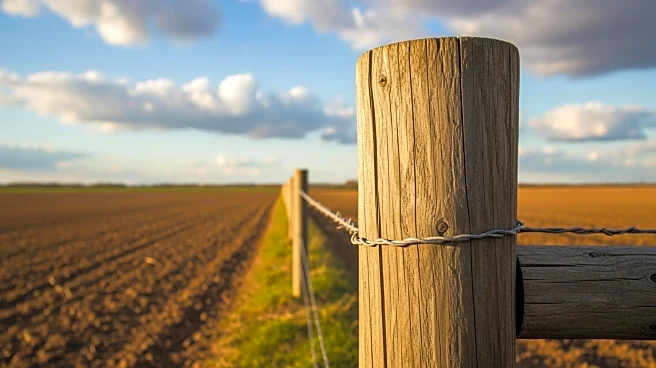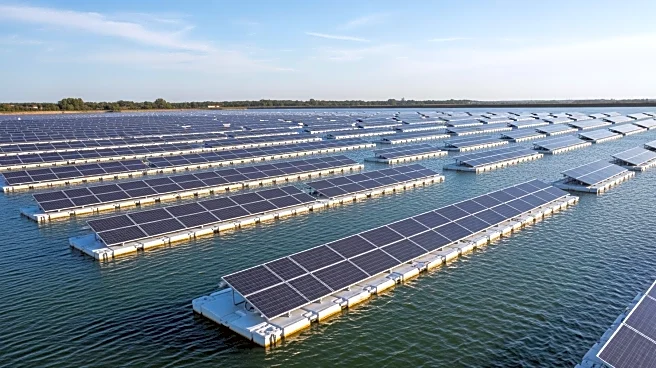What's Happening?
The Environmental Protection Agency (EPA) and the Army Corps of Engineers have announced a proposed rule to redefine 'Waters of the United States' (WOTUS) under the Clean Water Act. This proposal aims
to provide a clear and durable definition following the Supreme Court's decision in Sackett v. EPA. The new definition seeks to reduce regulatory uncertainty and burden on landowners, farmers, and ranchers by empowering states and tribes to manage local water resources. Key revisions include defining terms like 'relatively permanent' and 'continuous surface connection' to delineate the scope of WOTUS. The proposal also reaffirms that wetlands must be indistinguishable from jurisdictional waters through a continuous surface connection. The rule is designed to cut red tape and provide predictability for American industry, energy producers, farmers, and landowners.
Why It's Important?
The proposed rule is significant as it addresses longstanding regulatory uncertainty that has affected economic competitiveness and burdened landowners. By providing a clear definition of WOTUS, the rule aims to lower costs for Americans and accelerate economic growth while protecting water resources. The proposal supports cooperative federalism by empowering states and tribes, recognizing their expertise in managing local land and water resources. This approach is expected to enhance economic prosperity by revising exclusions for certain ditches and waste treatment systems, and by adding an exclusion for groundwater. The rule is part of efforts to implement the Supreme Court's direction and protect navigable waters from pollution.
What's Next?
The proposed rule will be published in the Federal Register and open for public comment for 45 days. The EPA and the Army Corps will host two hybrid public meetings to gather feedback. The agencies will review public comments and work to develop a final rule. The proposal is expected to provide clarity and consistency for permitting under the Clean Water Act, benefiting various stakeholders including farmers, ranchers, developers, and businesses.











